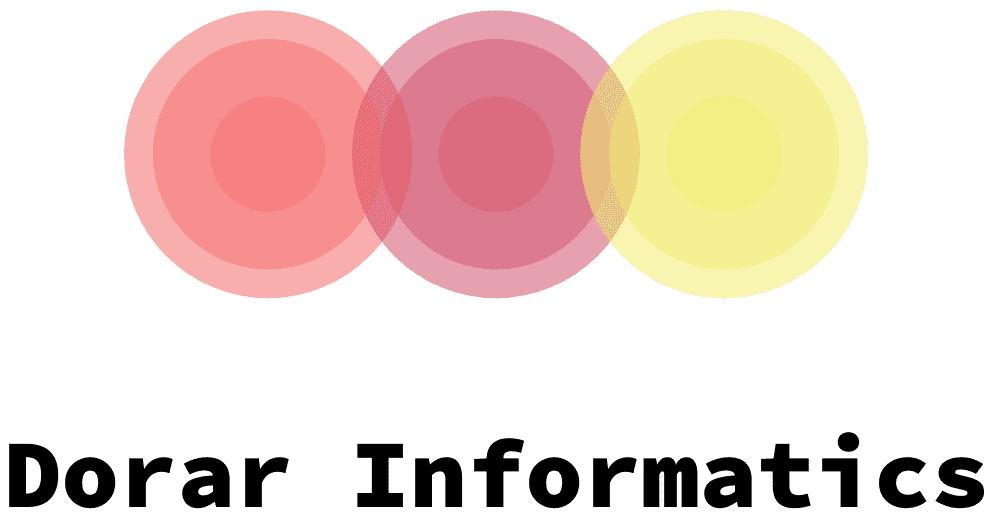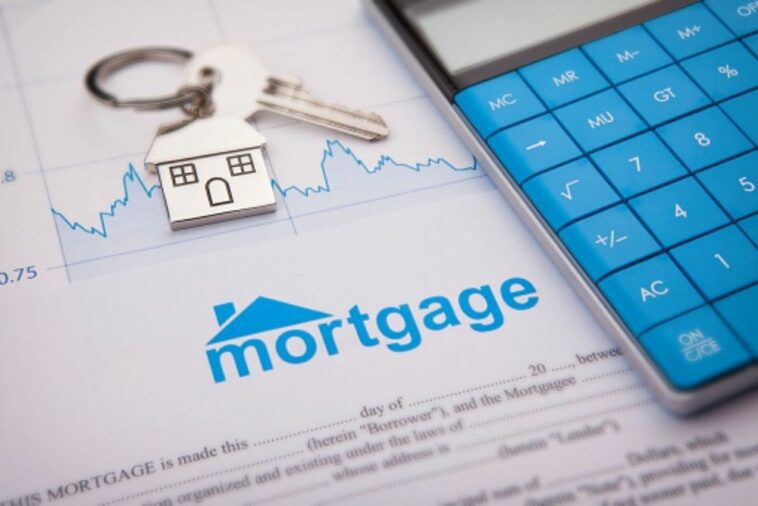Choosing a hybrid mortgage is a smart move if you plan to pay off your home quickly. However, there are a few misconceptions about this type of loan. Here are some things you should know.
Adjustable rate
Basically, hybrid adjustable rate mortgages are loans that combine the features of both fixed rate and adjustable rate mortgages. They provide homeowners with the chance to get a fixed teaser rate for the first few years of a loan, and then convert to an adjustable rate for the rest of the loan’s term.
A hybrid mortgage is often offered in a 3/1 format. This means that the interest rate will be fixed for the first three years, and then will adjust periodically over the remainder of the loan’s term.
However, a hybrid mortgage may also be offered in a 5/1 or 7/1 format. These products feature a fixed teaser rate for the initial five or seven years of the loan, and then a variable rate for the remaining years. These loans are especially good for homeowners who plan to move, or who are unsure if they will remain in their home for many years.
There are three main types of hybrid adjustable rate mortgages: five-year, seven-year, and 10-year hybrid mortgages. Each type has a different cap structure. For example, a 5-year hybrid mortgage has an initial adjustment cap of two percentage points, followed by a lifetime cap of six percentage points. Then, there is a periodic cap, which limits the rate adjustment over the rest of the loan’s life.
A hybrid ARM mortgage can be a good choice for short-term home buyers, because it allows them to avoid the huge rate adjustments of an adjustable-rate mortgage. In addition, a lower-rate ARM allows homeowners to save for a larger home without exposing themselves to large payment adjustments.
These hybrid mortgages are generally offered by conventional lenders, though they are also available from the Federal Housing Administration and Freddie Mac. They are available for single-family homes and manufactured homes.
Fixed rate
Using a hybrid mortgage can be a good move in some cases. However, it’s important to understand how this loan works before you make a decision.
The most basic version of the hybrid mortgage involves a fixed rate for a certain number of years, after which the loan switches to an adjustable rate. This can be a positive move if you’re planning to sell your home in the near future. The downside is that your monthly payments may increase when the fixed rate period ends.
A hybrid mortgage can also be adjusted periodically during the remainder of the loan, and the “taster” rate can be lower than the fixed rate. You’ll need to shop around for the best interest rate, though. The hybrid mortgage industry has a slew of exotic products that have adjustable rates every six months or every 15 years.
Using a hybrid mortgage can allow you to pay off your loan in a shorter amount of time. However, you’ll need to be aware of the potential for negative amortization and other risks associated with this type of mortgage.
The most obvious reason to get a hybrid mortgage is to take advantage of lower interest rates. The lower the interest rate, the lower the monthly payments. These lower payments allow you to make extra payments and reduce your debt. They also allow you to save for home improvements and a down payment for the next home.
A hybrid mortgage can also be a good move if you’re expecting to receive a big raise soon. However, you may need to refinance when interest rates start to rise. You’ll need to build up enough equity in your home to cover the costs of refinancing.
Capped interest rate
Whether you are a first time home buyer or an experienced real estate investor, a hybrid mortgage can be an important component of your home loan. You can enjoy lower payments during the introductory period and save hundreds of dollars each month. However, you need to consider the future when choosing a hybrid mortgage. You may lose out on this savings if you stay in your home for a long period of time.
A hybrid mortgage is a mixture of a fixed rate loan and an adjustable rate loan. This allows the borrower to benefit from lower interest rates and lower payments while allowing the interest rate to adjust periodically. You can re-finance your hybrid mortgage within a few years if you don’t like the new interest rate.
Hybrid mortgages are popular among first-time home buyers. They offer lower interest rates than traditional 30-year fixed rate mortgages, helping borrowers with less than perfect credit. However, they can also lead to higher monthly payments.
The rate that you pay for your hybrid mortgage will change periodically for the remainder of the loan. These adjustments can be triggered by the market. Depending on the lender, your rate may be subject to a cap. Caps are designed to limit the amount of interest rate adjustment that occurs throughout the life of your loan.
A hybrid mortgage is useful when you expect to receive a large raise in your income in the near future. This will allow you to benefit from lower payments while boosting your credit. However, if you anticipate staying on your hybrid mortgage for longer than five to seven years, you may miss out on the savings.
A hybrid mortgage’s best feature is that it can be refinanced before interest rates increase. This can help you pay off the principal faster when your loan re-casts in the future.
Misunderstood
Depending on your loan size, hybrid mortgages may be a good idea or a bad one. This is largely a function of the initial rate and the floor. Having an interest rate that is able to adjust to changes in the market can save you hundreds of dollars each month. Using a hybrid mortgage to your advantage is well worth the cost.
The best way to go about it is to shop around for the best rates. Most lenders offer an interest rate calculator, which can help you decide on a loan that fits your needs. In many cases, you can borrow a larger sum than you’d get with a conventional loan, but you will be paying a higher rate. You can also use a hybrid mortgage to help diversify your mortgage portfolio, so you are less exposed to risky interest rate movements.
The best way to choose a hybrid mortgage is to consider your risk tolerance. While a higher interest rate may seem appealing at first, it could lead to larger payments in the future. This is especially true if you’re a first time homebuyer or have a limited credit history. Having a hybrid mortgage can help you diversify your mortgage portfolio and avoid having to refinance later on down the road.
The best hybrid mortgage is the one with a low interest rate and an adjustable rate mortgage. A hybrid mortgage can be a good way to go about getting your foot in the door, but you’ll want to shop around to find the best rates before you sign on the dotted line. Using a hybrid mortgage can save you hundreds of dollars each month, so do your research before putting down any of your hard earned cash.
Refinanceability
Whether you’re a homeowner or you’re looking to refinance, you need to understand the refinanceability of hybrid mortgages. They’re an option that allows you to pay off your loan sooner, while still keeping a low initial rate. However, you need to be aware of the risks involved with a hybrid loan, so you know what to look for when you’re choosing one.
Hybrid loans are a hybrid of a fixed-rate loan and an adjustable rate mortgage (ARM). A hybrid loan provides homeowners with a lower initial rate, but the interest rate will adjust over time. The lower initial rate will keep your payments lower for a longer period of time. The lower initial rate may also give you more time to pay off the loan.
Adjustable-rate mortgages (ARMs) can have a wide range of risks, including a risk of large payments or negative amortization. However, they can also be a great option for income-qualifying borrowers.
Hybrid ARMs are a popular mortgage option for borrowers looking to refinance. A hybrid loan may be used as a wealth management product, as it provides homeowners with a higher level of equity. This can give them access to a larger home, or the option to purchase a home faster.
In addition to lower rates, hybrid loans often allow for an increase in interest over time. In the past, ARMs were used as long-term financing vehicles, but a wave of foreclosures triggered concerns about the refinanceability of hybrid mortgages.
In recent years, lenders have become more conservative about issuing hybrid ARMs. They’ve also reduced the product offerings and tightened the underwriting standards.
The FDIC urges institutions to develop streamlined loss-mitigation strategies for hybrid ARM borrowers. They also recommend that mortgage originators disclose prepayment penalties during the product selection process.

